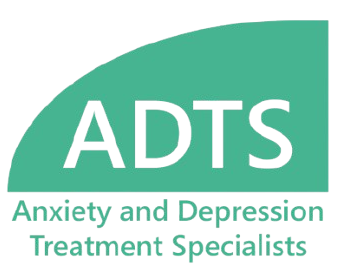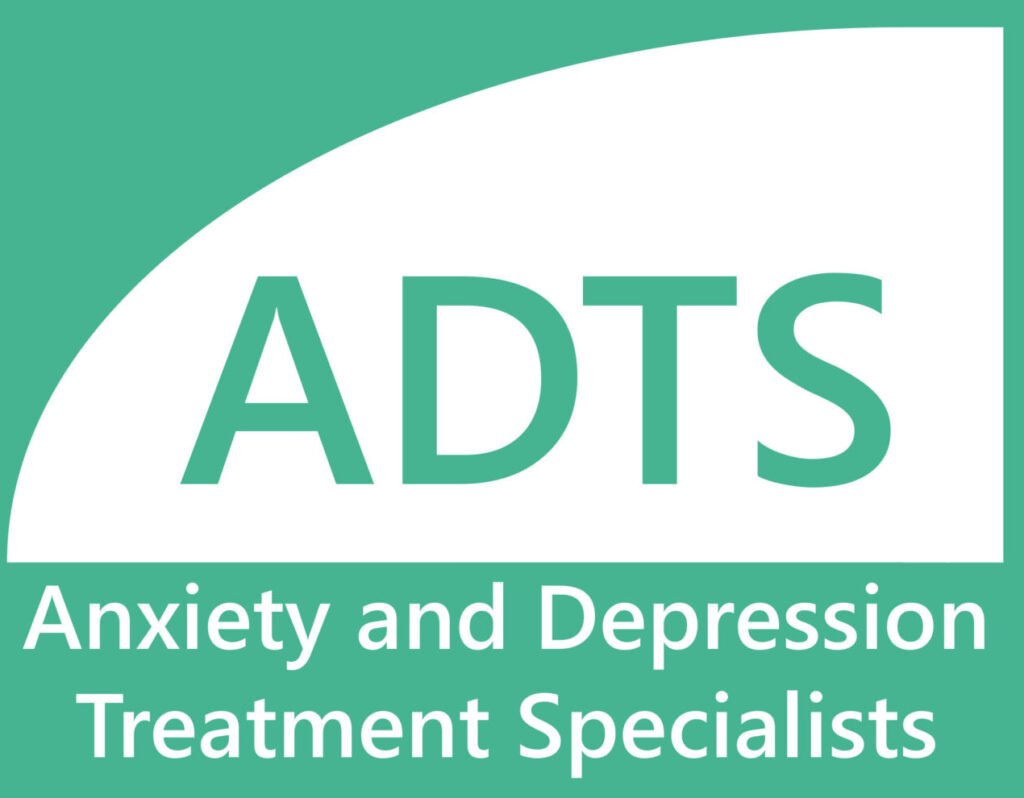In today’s fast-paced world, many individuals seek support to navigate life’s challenges. A general therapist plays a pivotal role in this journey, offering talk therapy to address various emotional and psychological concerns.
Understanding the Role of a General Therapist
A general therapist provides psychotherapy, commonly known as talk therapy, to help clients manage and overcome emotional, psychological, and behavioral issues. This therapeutic approach involves structured conversations aimed at exploring thoughts, feelings, and behaviors to promote mental well-being.
A general therapist in California and Connecticut is integral to the mental health landscape. These therapists offer services ranging from individual counseling to group therapy sessions, addressing issues such as anxiety, depression, stress, and navigating life more generally (e.g., relationship challenges, major life events, life transitions, work, school, health, etc.). The demand for these services has been on the rise – even for non-clinical, lower severity difficulties (Olfson et al., 2025) – reflecting a growing recognition of the importance of mental health (Bethune, 2021).
The Therapeutic Process
The quality of the therapeutic relationship between a client and therapist is foundational to effective treatment (Ardito & Rabellino, 2011; Goldstein & Glueck, 2016; Horvath & Luborsky, 1993). This alliance is characterized by trust, empathy, and collaboration, enabling clients to feel safe and understood (Elvins & Green, 2008).
Type of Treatments
There are many types of treatments that a general therapist in California and Connecticut might use. One of the most useful across many mental health difficulties is cognitive-behavioral therapy (CBT), which is often considered a gold standard therapy for many areas of mental health (David et al., 2018). It is important to find a therapists who conduct evidence-based treatments, as these have been shown through clinical trials to be effective in helping people. Some other examples of evidence-based therapies include Acceptance and Commitment Therapy (Hayes et al., 2006), Dialectical Behavioral Therapy (Lynch et al., 2006), Positive Affect Treatment (Craske et al., 2019, 2023), Exposure Therapy (Craske et al., 2014, 2022), and Self-Compassion Therapy (Neff, 2023) among others. A general therapist in California and Connecticut will tailor the principles from these treatments to your life to help you improve your mental health and well-being.
Duration and Frequency of Therapy
The duration of therapy can vary greatly. Sometimes, people do therapy for one or a few sessions; other times, people do therapy regularly for months or years. It depends both on the severity and chronicity of the problem you’re trying to address, as well as what your goals are. Some people want to come in for targeted treatment and to end therapy as soon as that problem is addressed. Others prefer to have regular, longer-term therapy as a way to improve and maintain mental health and well-being. This can be discussed with the psychologist in Los Angeles or general therapist in California and Connecticut you work with.
Accessing Therapy Services
For those seeking a general therapist in California and Connecticut, numerous resources are available. One of the most common websites to find psychologists is www.psychologytoday.com using their “Find a Therapist” search box. Other associations similarly have directories, like https://locator.apa.org/ (American Psychological Association) and https://services.abct.org/find-a-therapist/ (Association of Behavioral and Cognitive Therapies). Additionally, many therapists offer teletherapy options, increasing accessibility for clients across different regions. Telehealth can be especially helpful instead of in-person therapy when looking for a psychologist in Los Angeles as a way to avoid notoriously difficult traffic to travel to the psychologist’s office.
Conclusion
Engaging with a general therapist in California and Connecticut can be a transformative step towards improved mental health. These professionals are equipped to guide individuals through personal growth, coping strategies, and emotional resilience. By fostering a collaborative and empathetic environment, a general therapist in California and Connecticut or a psychologist in Los Angeles can empower individuals to achieve mental well-being and personal growth.
References
- Ardito, R. B., & Rabellino, D. (2011). Therapeutic Alliance and Outcome of Psychotherapy: Historical Excursus, Measurements, and Prospects for Research. Frontiers in Psychology, 2. https://doi.org/10.3389/fpsyg.2011.00270
- Craske, M. G., Meuret, A. E., Echiverri-Cohen, A., Rosenfield, D., & Ritz, T. (2023). Positive affect treatment targets reward sensitivity: A randomized controlled trial. Journal of Consulting and Clinical Psychology, 91, 350–366. https://doi.org/10.1037/ccp0000805
- Craske, M. G., Meuret, A. E., Ritz, T., Treanor, M., Dour, H., & Rosenfield, D. (2019). Positive affect treatment for depression and anxiety: A randomized clinical trial for a core feature of anhedonia. Journal of Consulting and Clinical Psychology, 87(5), Article 5. https://doi.org/10.1037/ccp0000396
- Craske, M. G., Treanor, M., Conway, C. C., Zbozinek, T., & Vervliet, B. (2014). Maximizing exposure therapy: An inhibitory learning approach. Behaviour Research and Therapy, 58, 10–23. https://doi.org/10.1016/j.brat.2014.04.006
- Craske, M. G., Treanor, M., Zbozinek, T. D., & Vervliet, B. (2022). Optimizing exposure therapy with an inhibitory retrieval approach and the OptEx Nexus. Behaviour Research and Therapy, 152, 104069. https://doi.org/10.1016/j.brat.2022.104069
- David, D., Cristea, I., & Hofmann, S. G. (2018). Why Cognitive Behavioral Therapy Is the Current Gold Standard of Psychotherapy. Frontiers in Psychiatry, 9. https://doi.org/10.3389/fpsyt.2018.00004
- Elvins, R., & Green, J. (2008). The conceptualization and measurement of therapeutic alliance: An empirical review. Clinical Psychology Review, 28(7), 1167–1187. https://doi.org/10.1016/j.cpr.2008.04.002
- Goldstein, F., & Glueck, D. (2016). Developing Rapport and Therapeutic Alliance During Telemental Health Sessions with Children and Adolescents. Journal of Child and Adolescent Psychopharmacology, 26(3), 204–211. https://doi.org/10.1089/cap.2015.0022
- Hayes, S. C., Luoma, J. B., Bond, F. W., Masuda, A., & Lillis, J. (2006). Acceptance and Commitment Therapy: Model, processes and outcomes. Behaviour Research and Therapy, 44(1), Article 1. https://doi.org/10.1016/j.brat.2005.06.006
- Horvath, A. O., & Luborsky, L. (1993). The role of the therapeutic alliance in psychotherapy. Journal of Consulting and Clinical Psychology, 61(4), 561–573. https://doi.org/10.1037/0022-006X.61.4.561
- Lynch, T. R., Chapman, A. L., Rosenthal, M. Z., Kuo, J. R., & Linehan, M. M. (2006). Mechanisms of change in dialectical behavior therapy: Theoretical and empirical observations. Journal of Clinical Psychology, 62(4), Article 4. https://doi.org/10.1002/jclp.20243
- Neff, K. D. (2023). Self-Compassion: Theory, Method, Research, and Intervention. Annual Review of Psychology, 74, 193–218. https://doi.org/10.1146/annurev-psych-032420-031047
- Olfson, M., McClellan, C., Zuvekas, S. H., Wall, M., & Blanco, C. (2025). Trends in Outpatient Psychotherapy Among Adults in the US. JAMA Psychiatry, 82(3), 253–263. https://doi.org/10.1001/jamapsychiatry.2024.3903
- Sophie Bethune. (2021, October 19). Demand for mental health treatment continues to increase, say psychologists. https://www.apa.org/news/press/releases/2021/10/mental-health-treatment-demand







